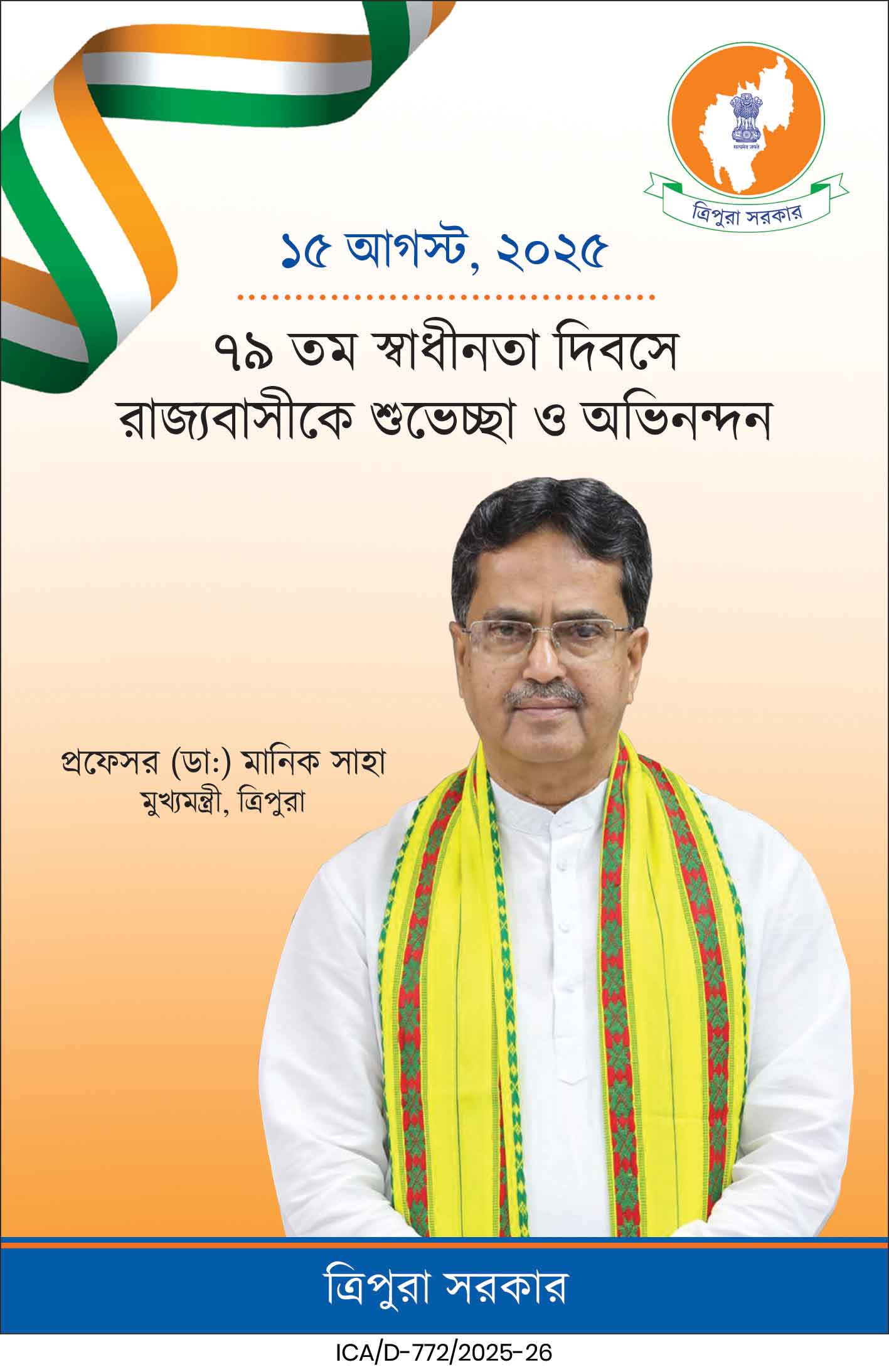
The northeast region of India and Bangladesh offer great prospects for trade and economic growth in the Bay of Bengal region, according to Hiroshi Suzuki, Japan’s Ambassador to India. He made the comments at the 3rd India-Japan Intellectual Conclave held in Shillong, India on Tuesday. The conclave was organized by Asian Confluence, a premier think tank in India.
During his speech, Suzuki highlighted that approximately 300 million people live in the Bay of Bengal region comprising Bangladesh, the northeast region of India, and West Bengal. He further stated that industries and investment in the region were necessary for economic growth and would help address issues such as unemployment.
The ambassador highlighted that Bangladesh could serve as the industrial hub of the Bay of Bengal region, and that the under-construction Matarbari deep sea port in Cox’s Bazar, southeast Bangladesh, would help to promote water connectivity between the Bay of Bengal region and the rest of the world upon completion of commissioning in 2027.
Suzuki also emphasized that Japan places great importance on developing the northeast region of India, as well as increasing trade and economic activities with Bangladesh. He cited the joint development of the northeast region of India as a priority area for cooperation between Japan and India, and mentioned that many Japan International Cooperation Agency (JICA) projects are now under implementation in the region.
The ambassador mentioned that around 338 Japanese companies are already working in Bangladesh, and that there was room to further expand and strengthen the economic partnership between Japan and Bangladesh in the future.
Other notable speakers at the conclave included Union DoNER Minister G. Kishan Reddy, Minister of State for External Affairs Raj Kumar Ranjan Singh, and Bangladesh’s Minister of State for Foreign Affairs, Shahriar Alam.
The speakers assessed northeast India and Bangladesh’s multimodal connectivity in the context of India-Japan collaboration in the Bay of Bengal region. They particularly focused on Tripura and the adjoining northeastern states as a connectivity hub of the future.





